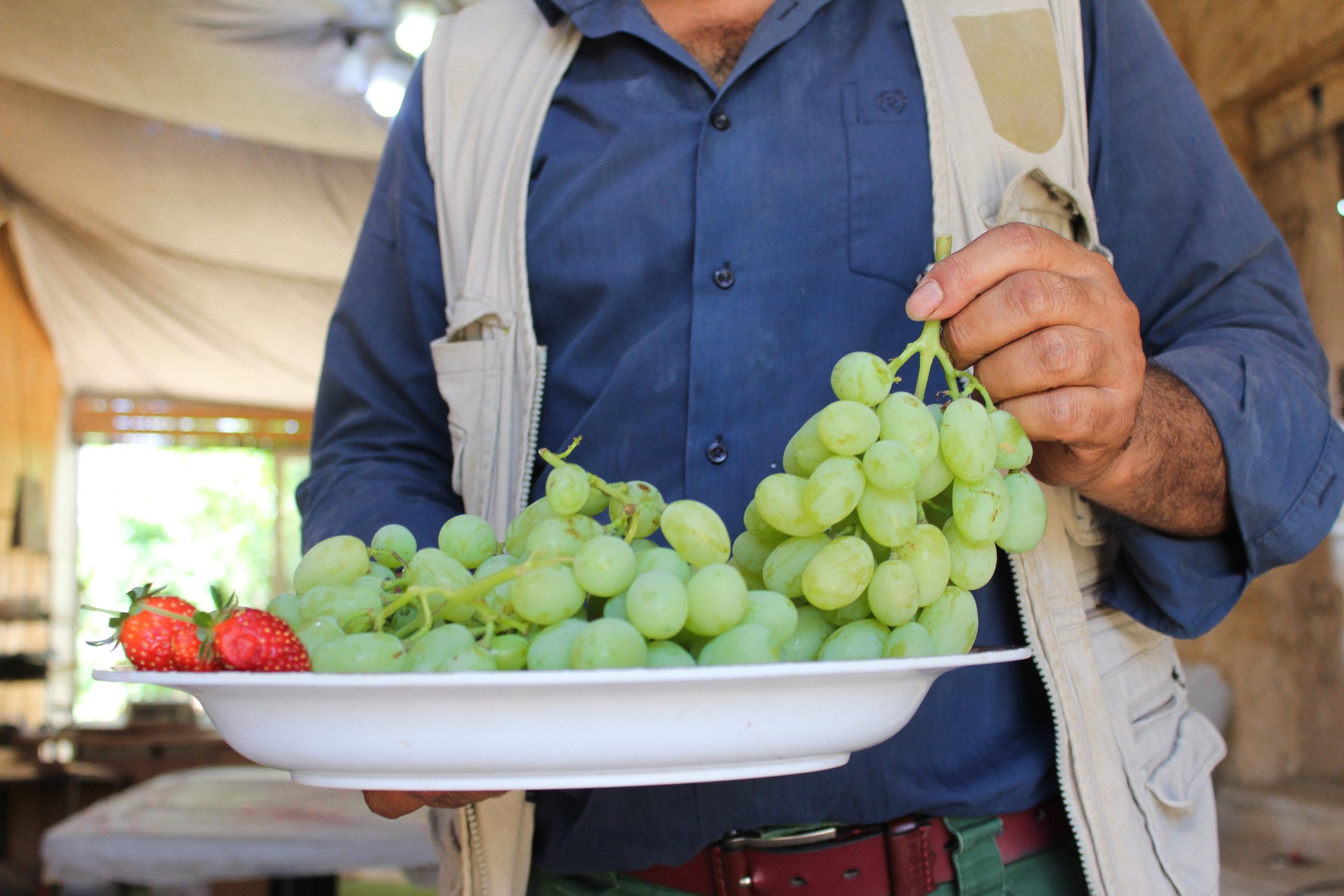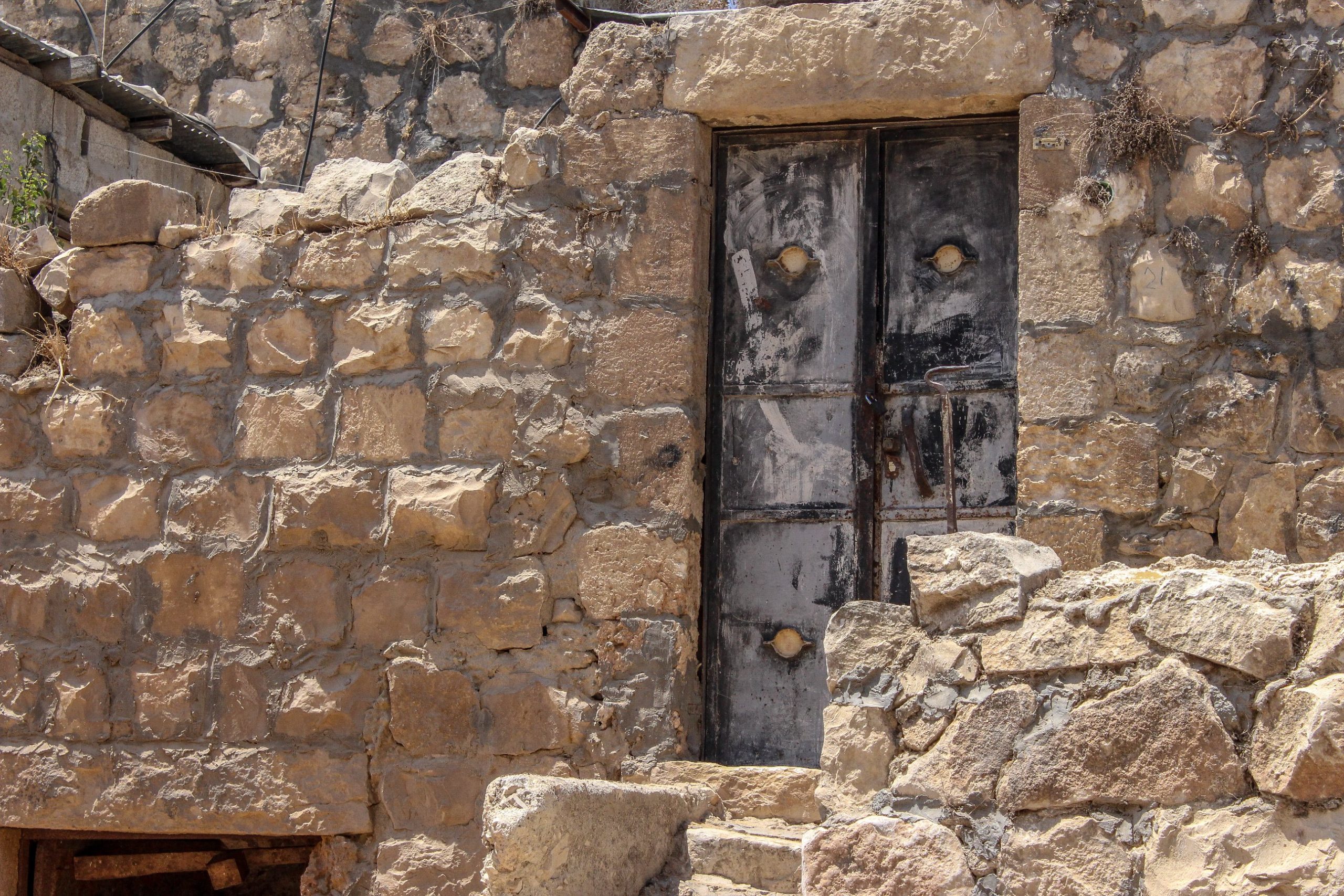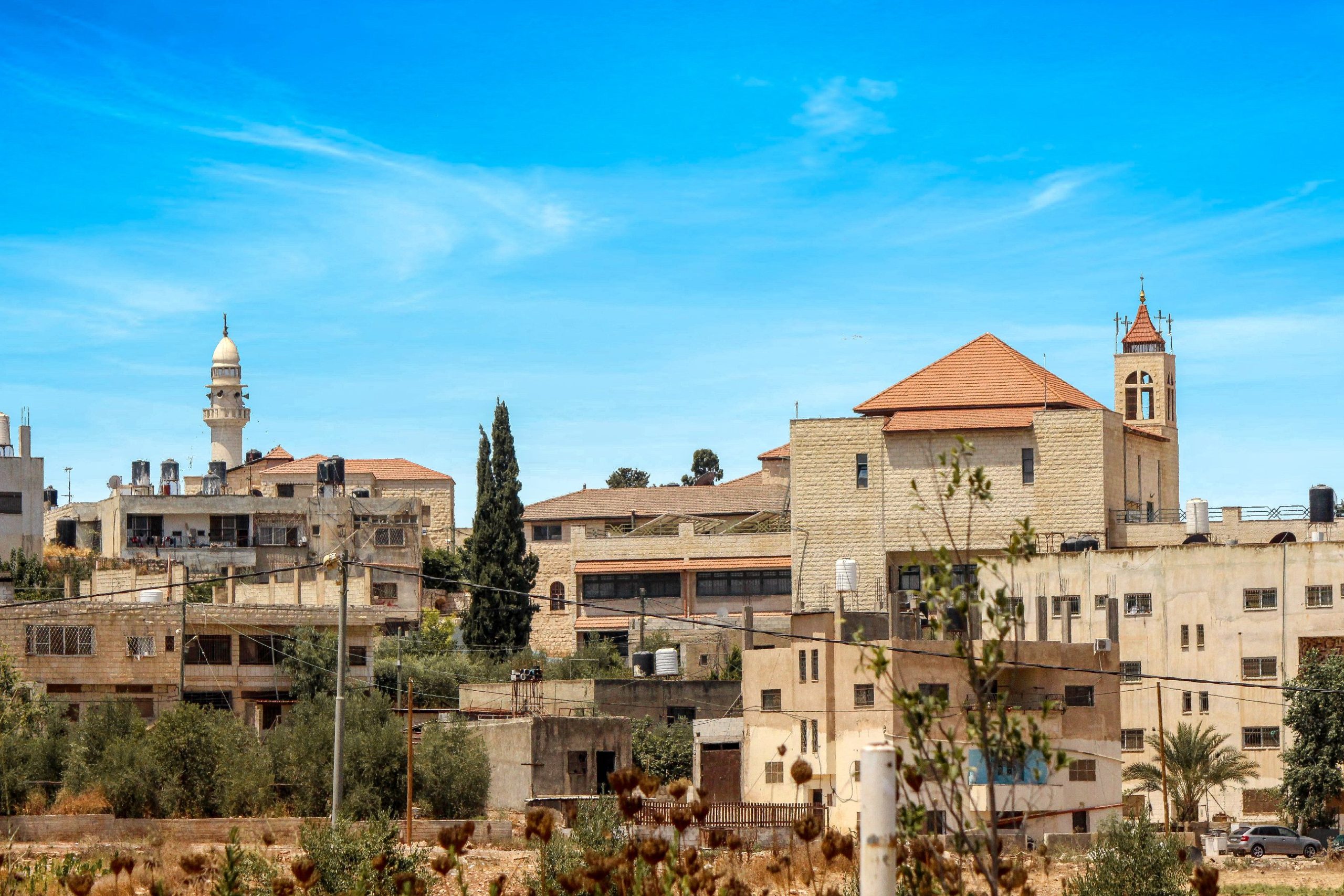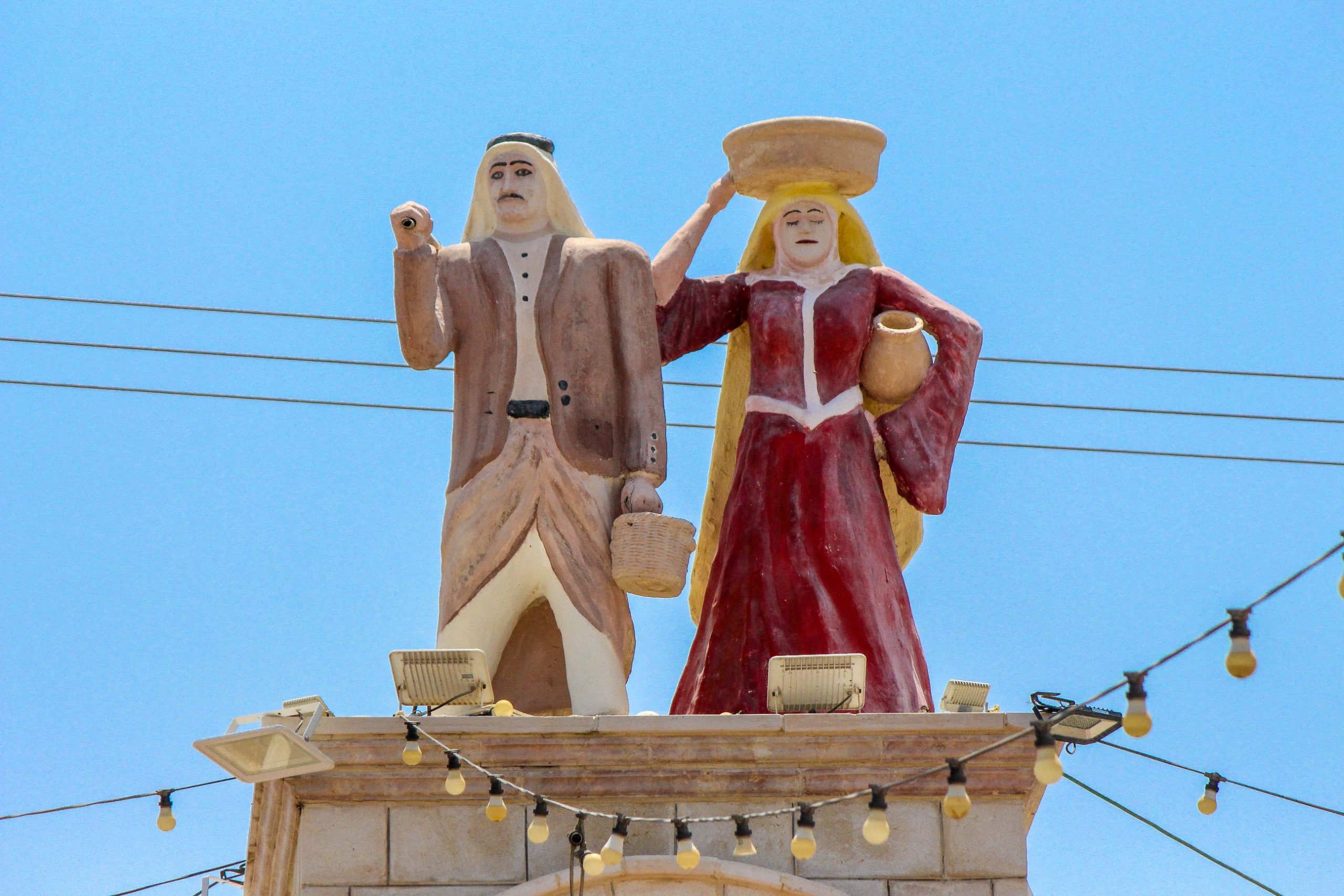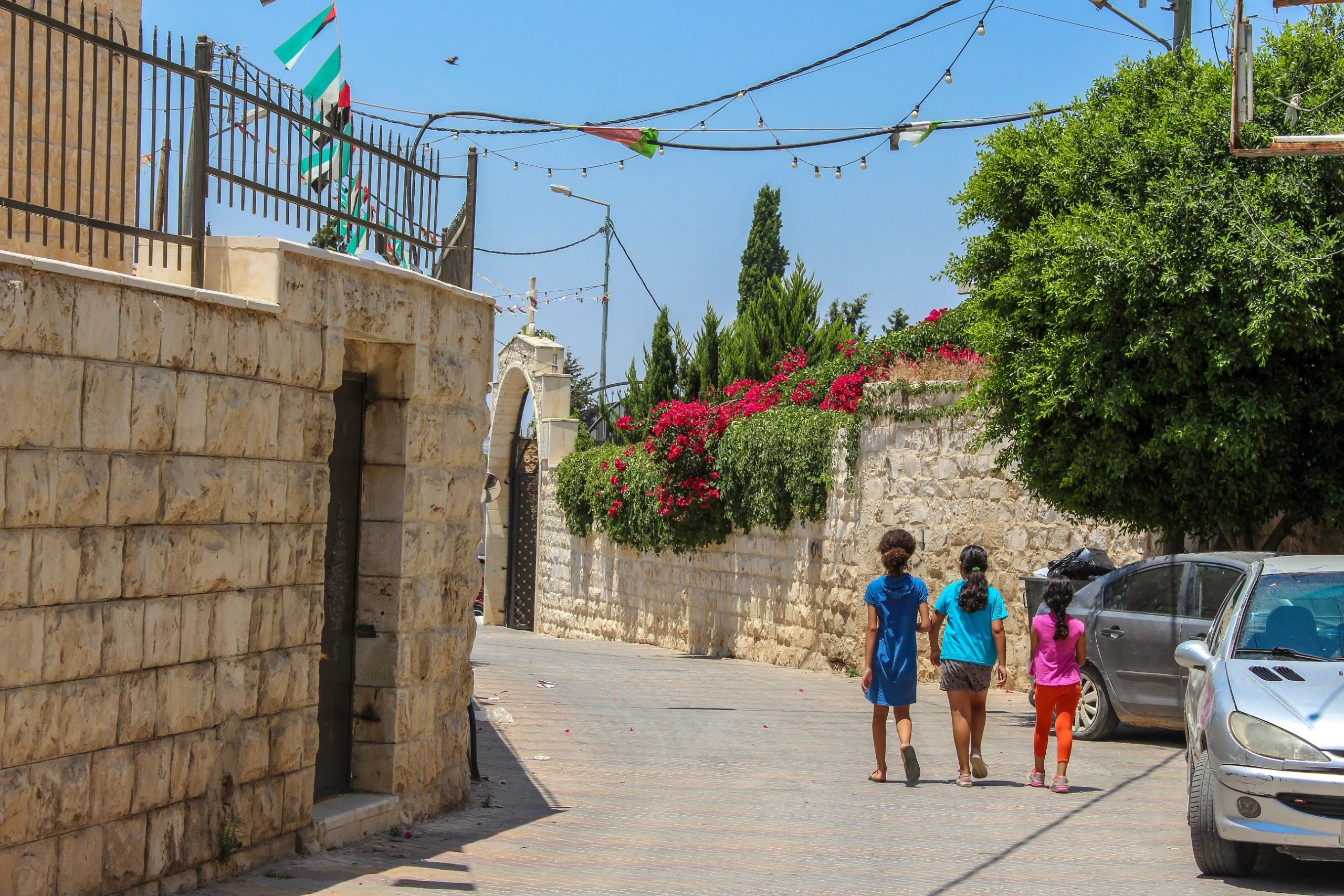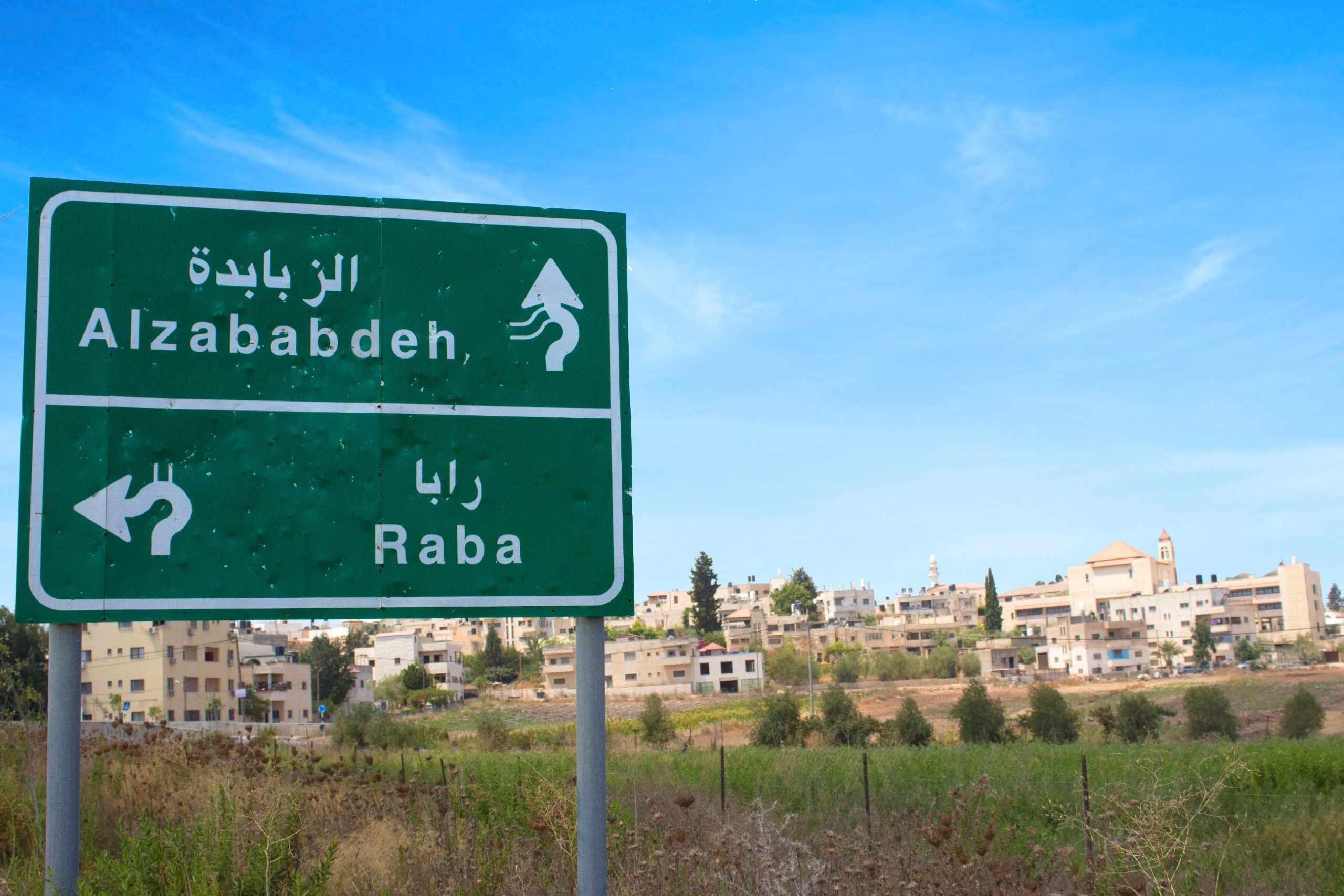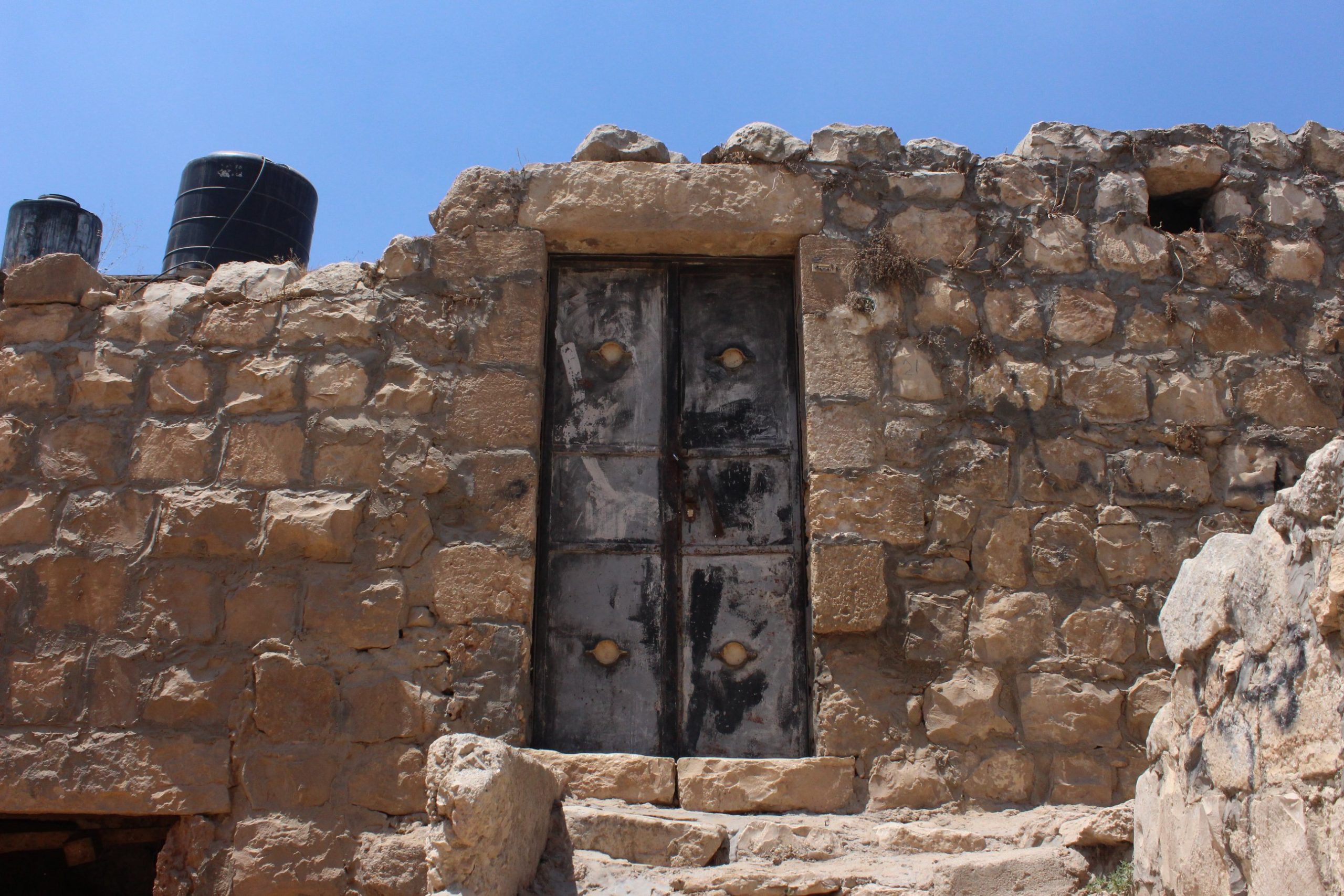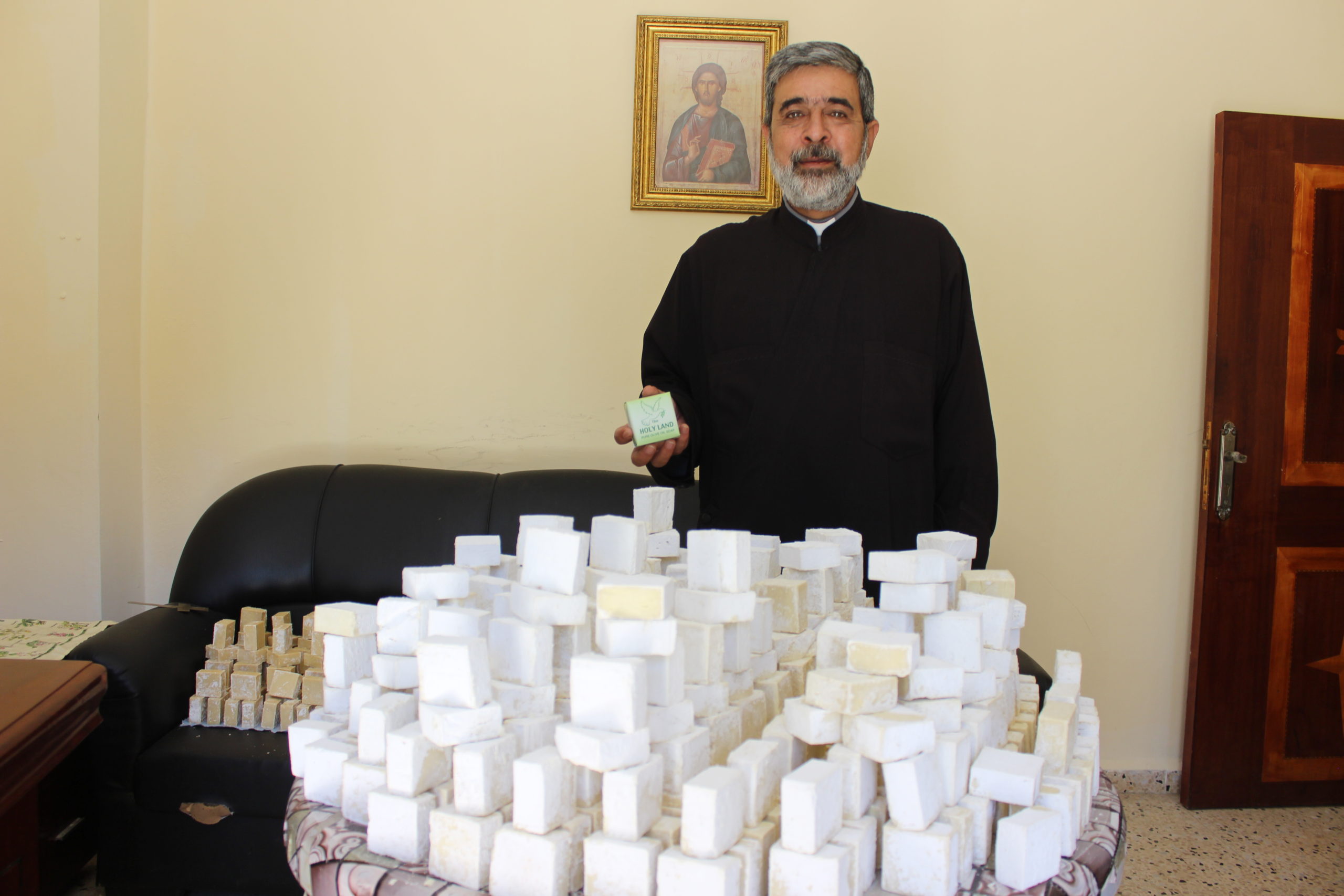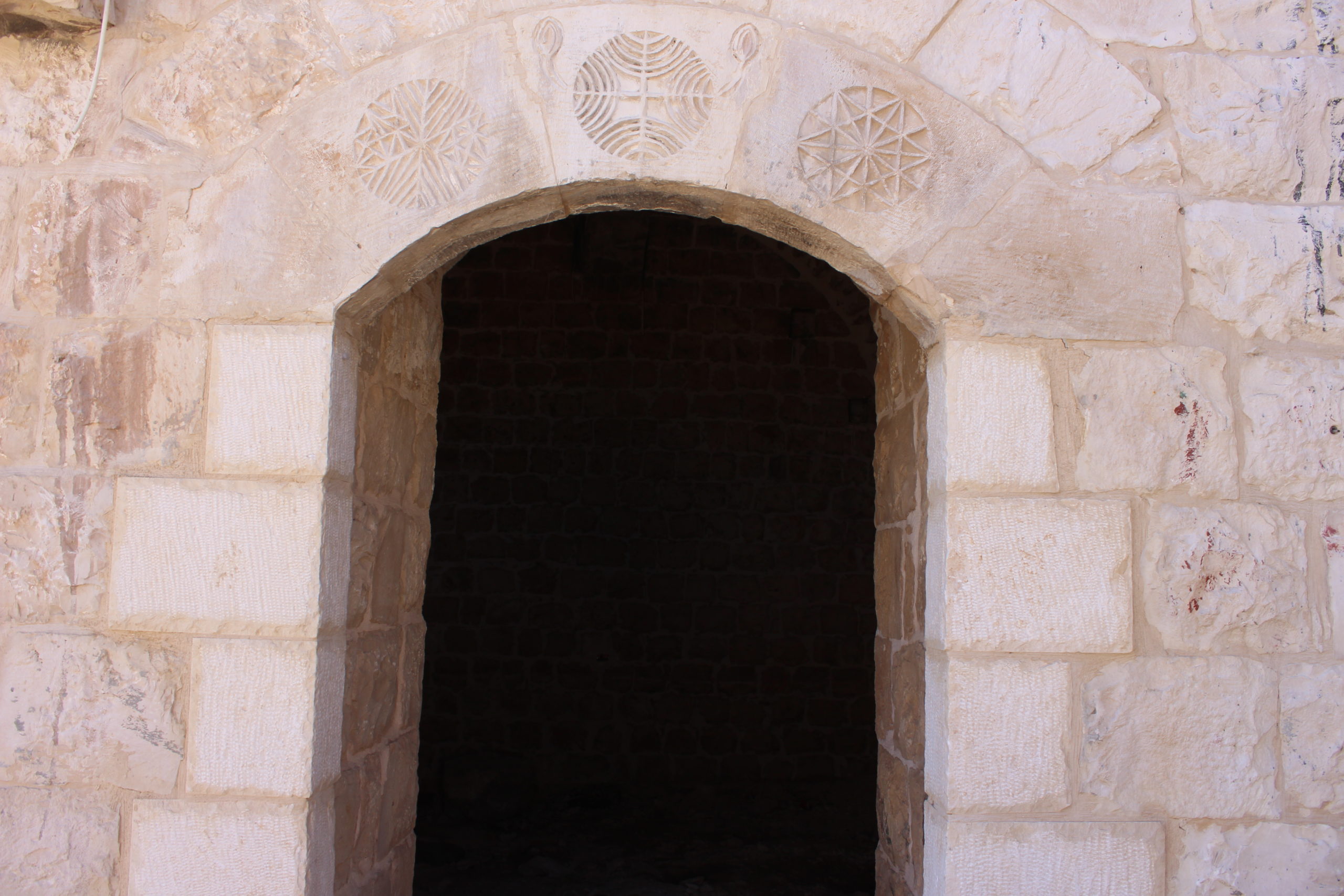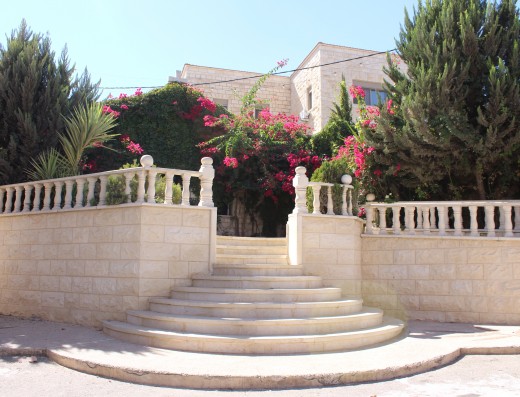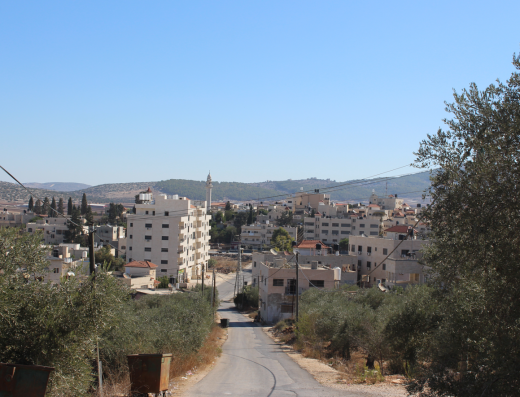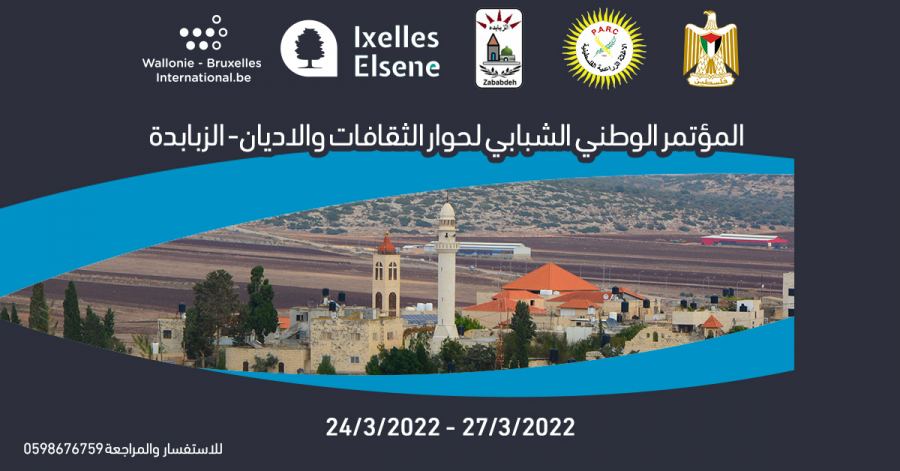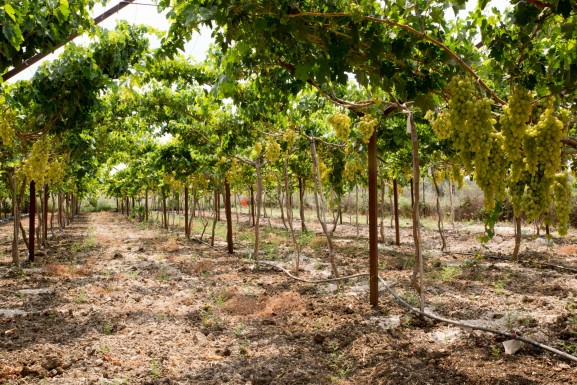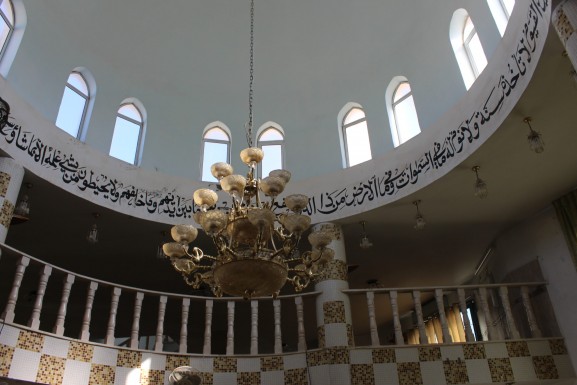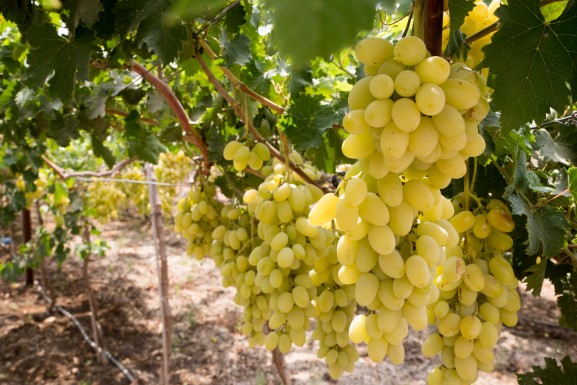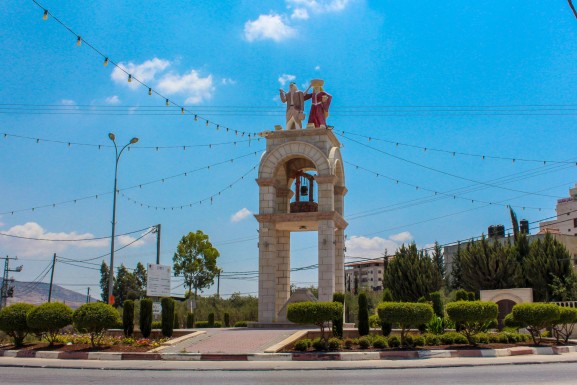Zababdeh Jenin, Palestine
Zababdeh is located to the southeast of Jenin, 17 km on the main road that connects the north of the West Bank to its south and the Jordan Valley. Zababdeh is built over the site of a Byzantine village where a beautiful mosaic of a 6th century church can be found. The name of the city is probably derived from the Aramaic or Arabic word zibdeh, which can mean butter but also “Zabda the fertile.” Ruins found under the village show settlement dating to the Byzantine era. At Zababdeh’s Convent of the Rosary Sisters, a 6th century mosaic and remnants of columns indicate that there was once a significant Byzantine church on the site.
In the center of the village the remains of Roman or Byzantine building, known as the Buburiya, can be found. The modern village of Zababdeh was founded in the 17th century. Within the village there are four small churches belonging to the Catholic, Anglican, Greek Catholic (Melkite) and Greek Orthodox denominations. The village is also home to the Arab-American University in Jenin. There is a relaxed countryside atmosphere in Zababdeh, with flat farmland surrounding the town on all sides. The high street boasts a handful of different restaurants, as well as various shops and market stalls. Zababdeh is respected in the region for its excellent educational facilities. It was also featured in a short film called “Salt of the Earth: Palestinian Christians in the Northern West Bank,” which examines the lives of nine Palestinian Christians living in and around the cities of Jenin and Nablus.

